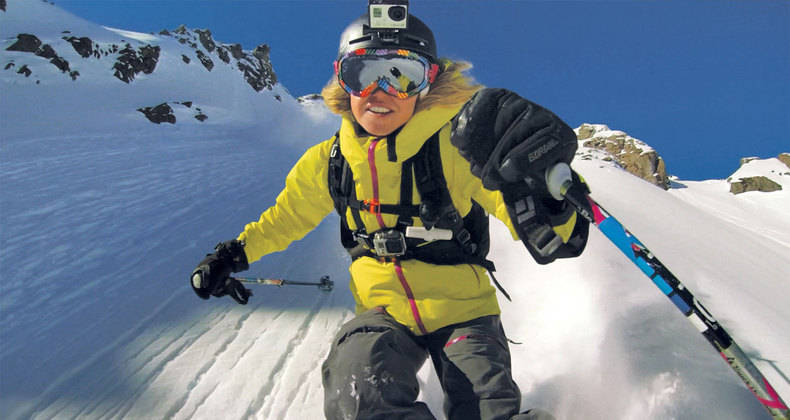Microsoft's 'hyper-lapse' videos create buttery smooth 3D worlds from your photos
The software is designed to take jittery footage from wearable cameras like the GoPro (above) and turn it into something beautiful (below)

Your support helps us to tell the story
From reproductive rights to climate change to Big Tech, The Independent is on the ground when the story is developing. Whether it's investigating the financials of Elon Musk's pro-Trump PAC or producing our latest documentary, 'The A Word', which shines a light on the American women fighting for reproductive rights, we know how important it is to parse out the facts from the messaging.
At such a critical moment in US history, we need reporters on the ground. Your donation allows us to keep sending journalists to speak to both sides of the story.
The Independent is trusted by Americans across the entire political spectrum. And unlike many other quality news outlets, we choose not to lock Americans out of our reporting and analysis with paywalls. We believe quality journalism should be available to everyone, paid for by those who can afford it.
Your support makes all the difference.Microsoft has shown off a new set of algorithms that can turn any jittery sequence of photos into an eerily smooth time-lapse video.
Developed by the company’s research labs, the technique processes images snapped by head-mounted cameras to create a detailed 3D map of the world for a computer to walk through.
Each frame is analysed individually to create this virtual world, with the algorithms then creating out a path of best fit that follows the photographer's route as smoothly as possible.
The results are entrancing but slightly unreal - a side effect of the blending techniques means that textures in hyper-lapse videos tend to pop in and out of focus; a visual phenomenon familiar to gamers, for whom limited processing power can mean a world view that loads section by section.
The team behind the software say they want the algorithms to take advantage of footage shot by wearable cameras like the GoPro and Google Glass, turning mundane time-lapses (such as cycling through a city) into something infinitely more watchable.
These sorts of hyper-lapse videos might become common in the future then, but there’s still one big hurdle to overcome: turning a ten minute video into a smooth hyper-lapse took the researchers 300 hours of computing time - although they got this down to simply ‘hours’ after the algorithms were finessed. Still, don't expect to see many hyper-lapse gifs for a couple of years yet.
Join our commenting forum
Join thought-provoking conversations, follow other Independent readers and see their replies
Comments